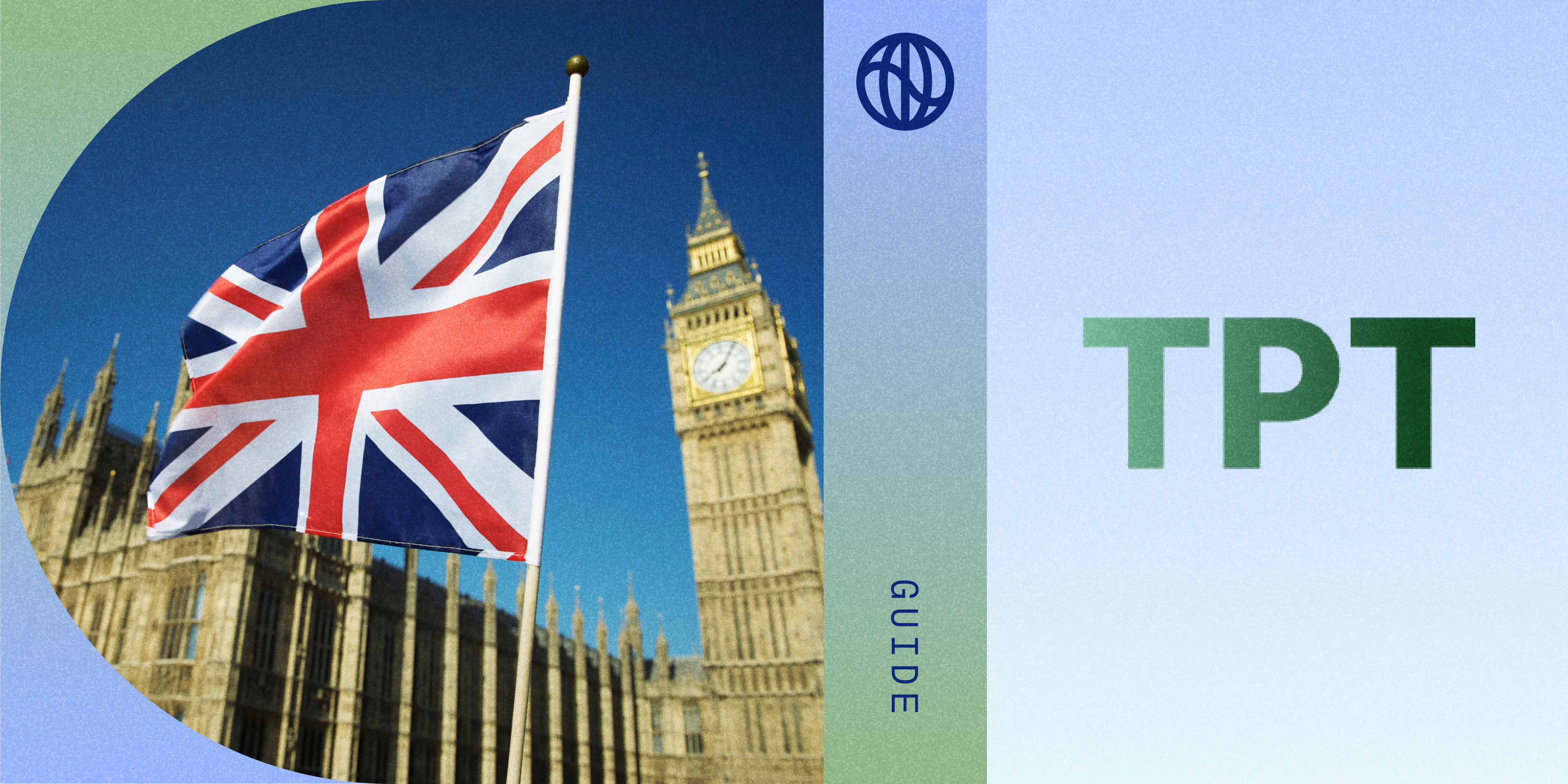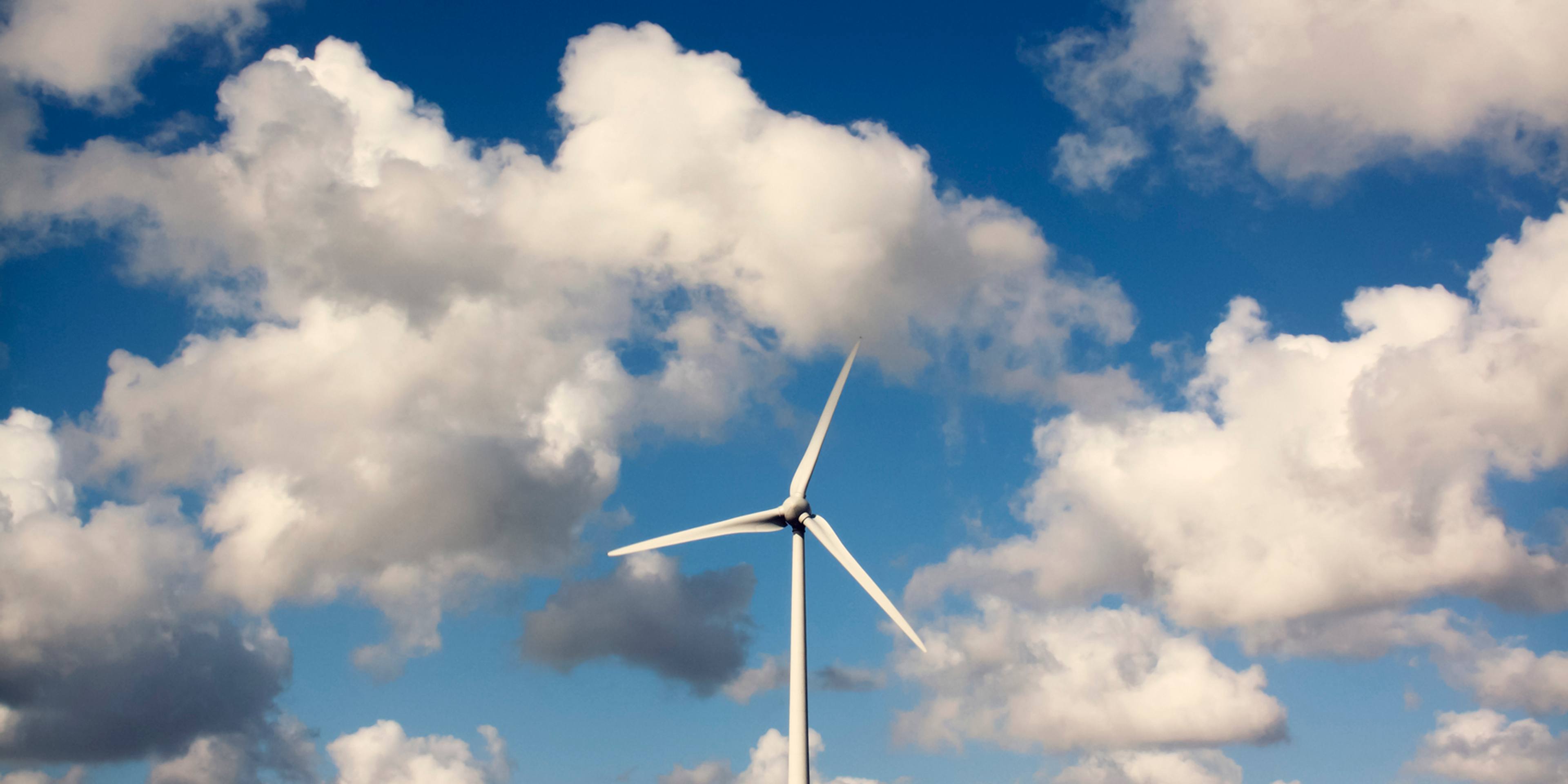Once you’ve measured and mapped out your emissions, the hard work begins: actually rooting out all that carbon. Investors, regulators, and employees are all looking for meaningful action—like retrofitting offices, electrifying infrastructure, and cleaning up supply chains. But how do you approach these projects? And how do you get the necessary buy-in?
Watershed recently hosted a Climate Week Forum featuring sustainability leads from three of our customers—DoorDash, Everlane, and Okta—alongside Watershed climate advisor Victoria Wills. They discussed successes, challenges, and how to work with colleagues and partners to drive real climate impact. You can watch the full session here.
Meet the customers
Zanique Albert, Head of Sustainability, DoorDash
“We run a world-class logistics platform and have a really awesome opportunity to accelerate the transition to electric and make the movement of goods more efficient.”
DoorDash is working on growing and empowering local economies. Already at net-zero office emissions, DoorDash has partnered with Watershed on a much tougher category: the Scope 3 emissions happening outside their walls—mostly from food deliveries.
Katina Boutis, Director of Sustainability, Everlane
“We have a really big mission developed around a three-pillared approach: keep Earth clean, keep Earth cool, and do right by people.”
As a direct-to-consumer lifestyle brand, 99%+ of Everlane’s emissions come from their supply chain. They’ve adopted a Science-Based Target to work with suppliers to reduce emissions per product by 55% before 2030. Just two years in, they’re already down 32%.
Sophia Beavis, Global Workplace Sustainability Manager, Okta
“We’re part of the supply chain of many companies. Reducing our Scope 1 and 2 emissions helps make us a good partner to all our suppliers.”
Okta is an identity management and security company focused on making it possible for everyone to use technology safely. They’re already meeting their 100% renewables commitment for their global real estate portfolio, and are now working on extending this to their remote workforce and third-party cloud infrastructure.
On aligning climate and business
Zanique, DoorDash
“We're doing a lot of tests and pilots, and we're seeing some really promising results that both reduce emissions and bring value to other parts of our business—which is really, really important to getting buy-in to build the lasting programs that actually shift the way we operate and get integrated into the business.”
One powerful example: DoorDash’s e-bike program. E-bikes generate as little as 1/10th the total emissions as cars, are a great low-cost option for Dashers who might not own a car, and are often a much faster way to get between urban locations. By using subsidies to encourage Dashers to adopt e-bikes, not only did DoorDash reduce their emissions per delivery, they also sped up delivery times—supporting a core business goal, and thus gaining an internal ally.
“A big win for us is having someone whose core goal for the business is the quality of delivery times saying, ‘e-bikes are great because they're helping me solve this problem in these areas.’ Now we have an advocate who wants to see our e-bike programming be successful and who wants to invest in how we do other things.”
On activating colleagues
Climate leads are catalysts that spread climate thinking throughout their workplaces and value chains—inspiring and equipping others to take on their own climate work.
Sophia, Okta
“We try to bring sustainability into departments across the business and really embed our work and spread it. For our cloud services [initiative], we partner pretty heavily with our engineering teams. Similarly, we're partnering with [our] real estate [team] on electrification and really trying to give a couple different teams at Okta ownership over their sustainability goals.”
One key to this is leveraging that business-climate alignment. The most effective climate leads figure out which high-impact actions align best with what other teams are already focused on, then work to spur enthusiasm while helping to remove obstacles.
On balancing company growth with emissions reductions
Zanique, DoorDash
“Be an advocate for continued business growth, but make changes to how you operate such that growth doesn't come at a higher cost.”
DoorDash recently acquired Wolt, which is operating in 23 countries. While this means more emissions under management, that’s a good thing for the planet. Local delivery is an indispensable service, and DoorDash is making it more efficient and climate-friendly every day. Using Watershed, DoorDash is able to calculate their emissions by customer orders, headcount, and revenue—allowing them to understand the global impact of each new business decision.
On influencing supply chains
When they began their climate work, Everlane realized something alarming: their strong company growth had them on track for a 10x emissions increase in as little as five years.
And reducing this was going to be an immense challenge: 99%+ of their associated emissions came from suppliers, beyond their direct control.
Katina, Everlane
“We don't own any of our manufacturing facilities across any part of our supply chain. So this is an example of where we don't have any control really, but we can really work to influence others.”
Everlane made it clear that it expects all suppliers to come along on climate. But they’ve done more than just communicate expectations: they’ve worked directly with suppliers on incorporating recycled textiles, developing innovative new materials (with plans for some to actually be carbon-negative), and developing their own climate programs.
“We’re partnering with our suppliers to implement either low emissions techniques or efficiency measures and encouraging them to incentivize [other suppliers down the chain] to convert to renewables or purchase renewable energy certificates on their own.”
The results to date: a 32% reduction in per-product emissions, and an absolute reduction of 9% across their entire footprint. In just two years.
On the value of collaboration
Okta isn’t going it alone. They regularly meet with peer companies to swap ideas and learnings—including through the Sustainable Aviation Buyers Alliance, which focuses on reducing travel emissions, and San Francisco's Business Council on Climate Change, which provides resources that help vendors set and achieve climate targets.
But it doesn’t end there: they’re also applying these insights philanthropically.
Sophia, Okta
“We're working with the California Bright Schools Program, which invests in rooftop solar at public schools around California. We're working with solar stewards on a project in Salt Lake City. And we're working with PosiGen on their community solar project in Louisiana, which is bringing rooftop solar to low income communities. It started with the rebuild after Katrina and has since expanded to the rest of the state.”
On advice to other climate leads
Zanique, DoorDash
“Figure out where you have the biggest opportunity to bring your strengths into the climate fight. It might not be the area that you're reading about in the headlines this week … but a really specific place where you can actually have an outsize impact. Think about what that is, and then organize. Help sell that vision and then get really tactical about what you can do.”
Katina, Everlane
“If it was just up to the numbers, I think we’d have addressed this by now. But numbers don't always communicate that well to all types of people. So bring your artistry, bring your design talents, bring your organizing or your wordsmithing—whatever you have.”
Sophia, Okta
“Taking small, meaningful steps that are more immediate—rather than jumping into a large, big hairy commitment—can really help get you, your program, and your stakeholders all more comfortable with the idea of taking on climate change.”
Where to start
Feeling inspired by what these programs accomplished? It’s easier than ever to kickstart a lean climate program. The first step? Precise, granular emissions data—because before you can act, you need to know what to focus on. Correct measurement can tell you where your true emissions hotspots are, and how much impact a given action might have. Everlane knew to focus on raw materials because the data told them that’s where 30-40% of their per-product emissions came from. Okta decided to tackle their cloud-related emissions because they were able to estimate their carbon savings.
Watershed helps these and other companies—like Walmart, Airbnb, and Block—measure, report, and act on their emissions. Whether you’re just starting your climate program from zero or working through an obstacle far down the road, please reach out if we can help.






